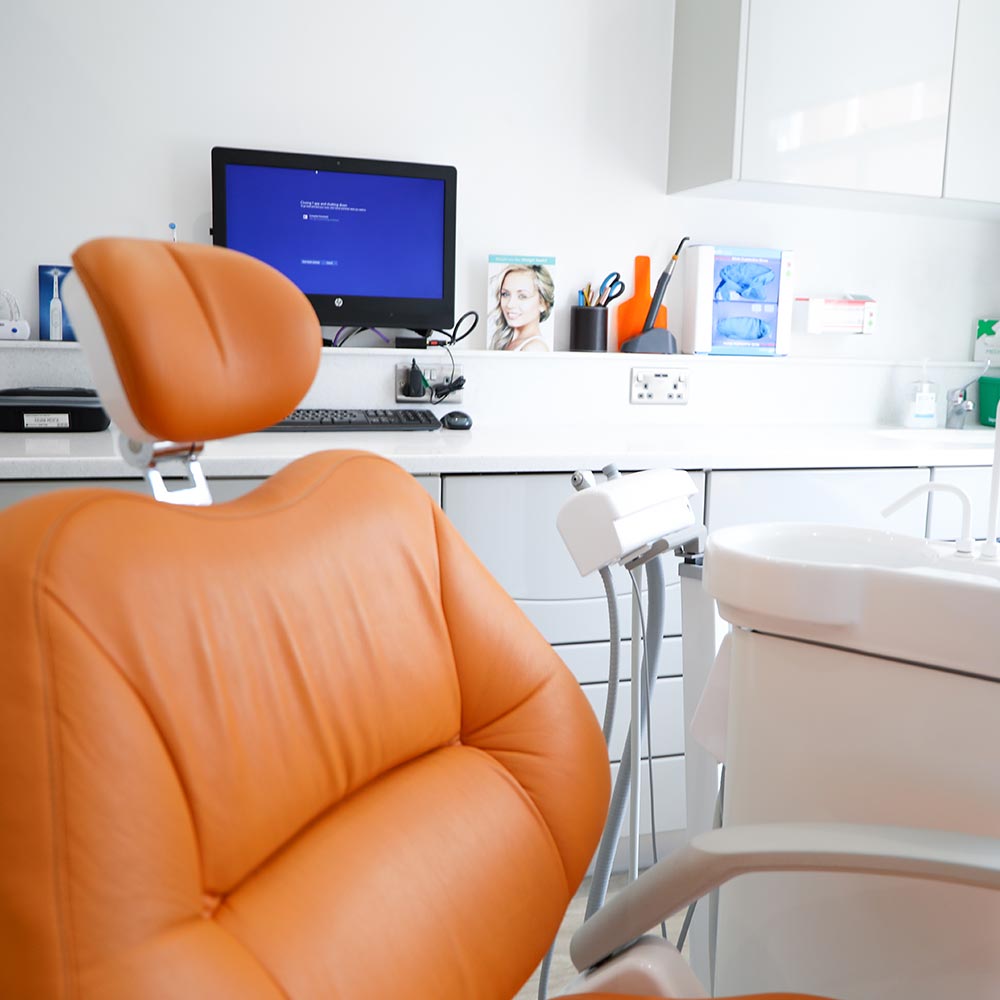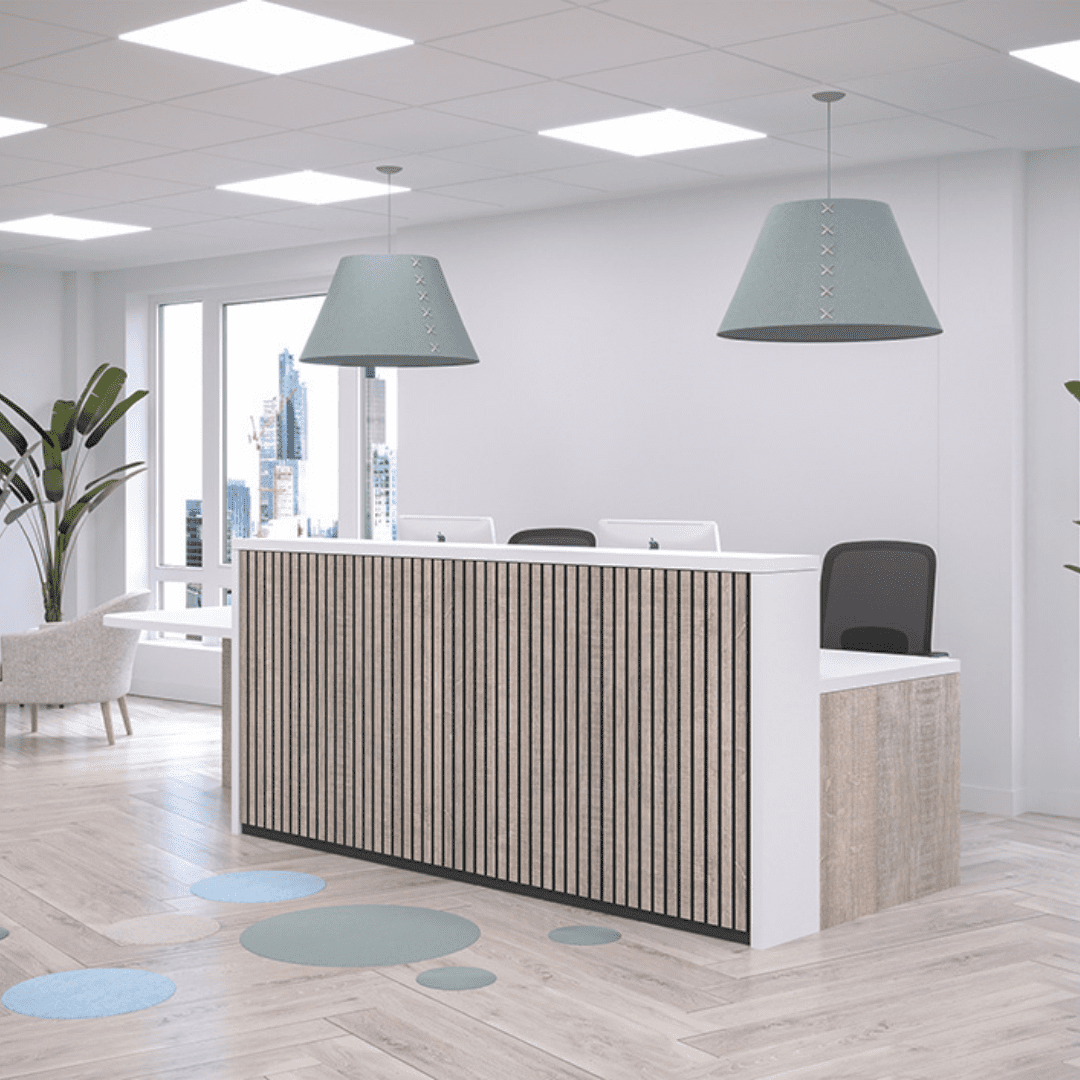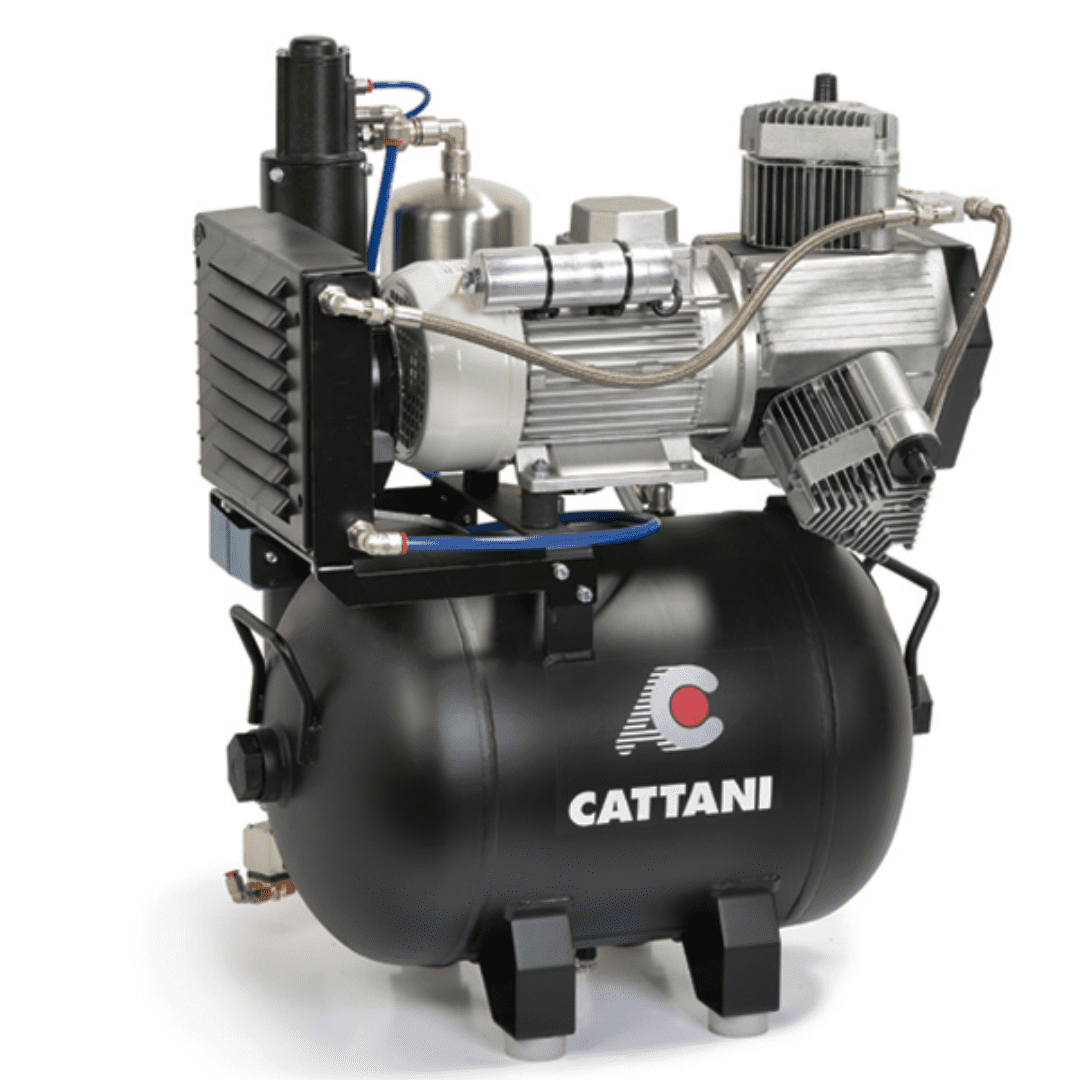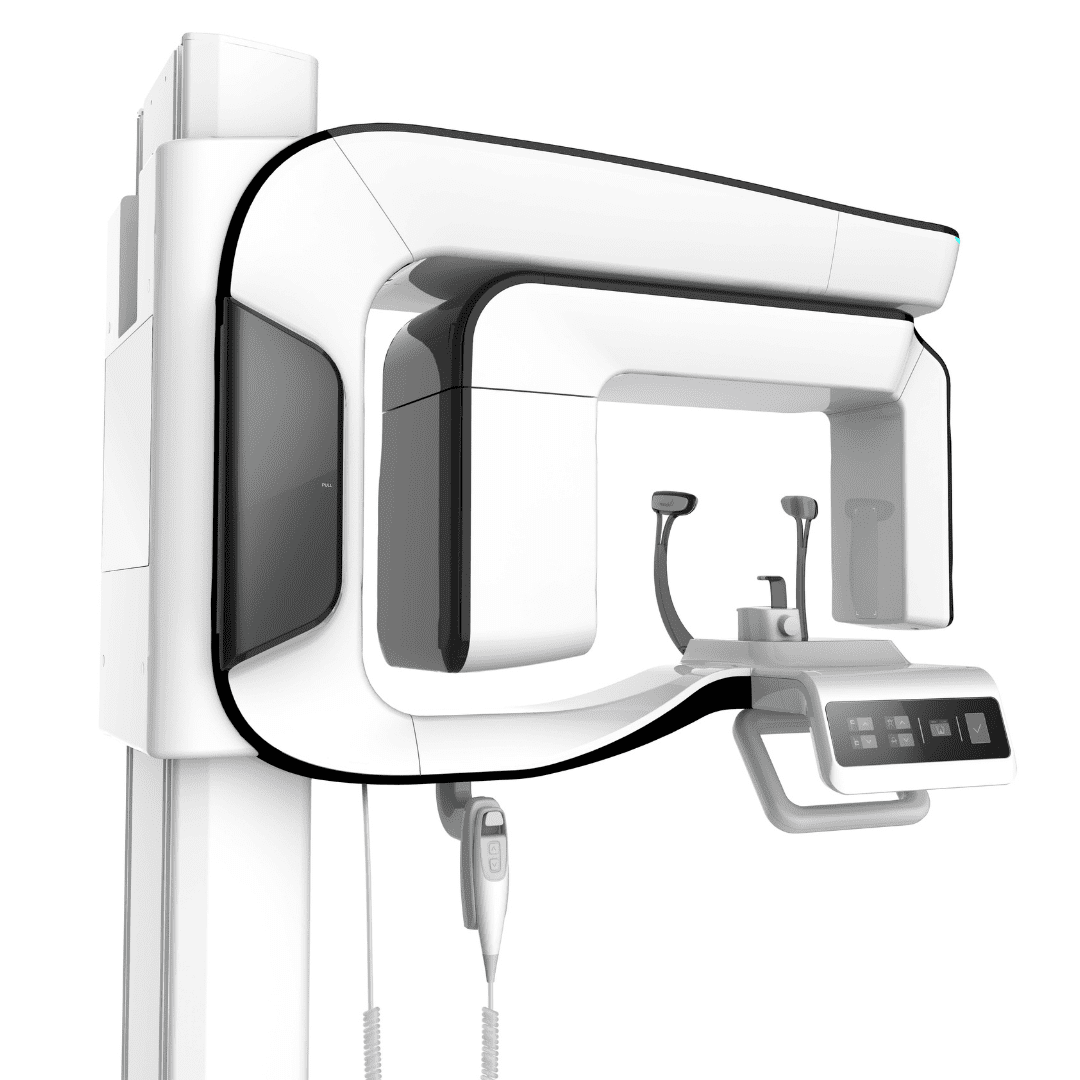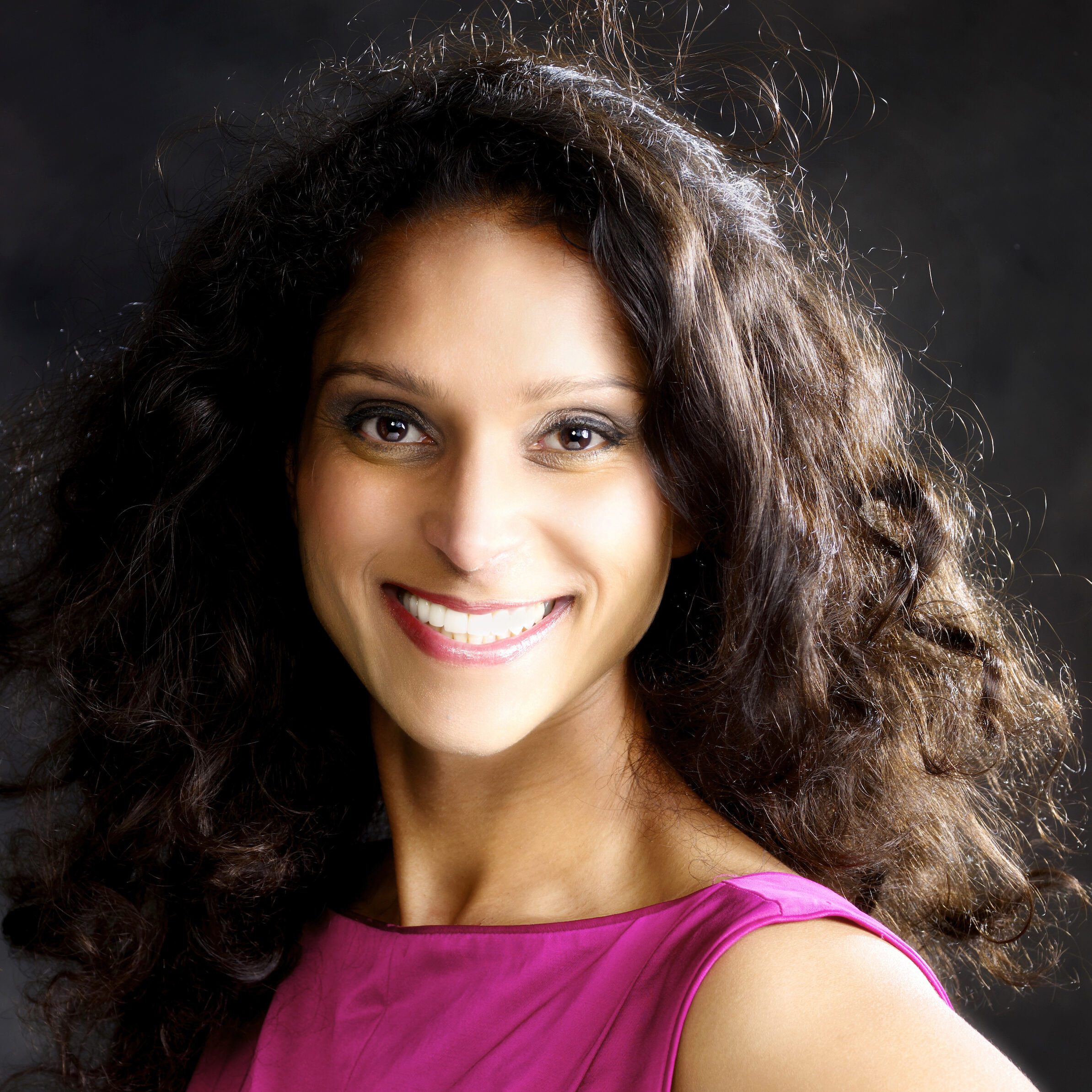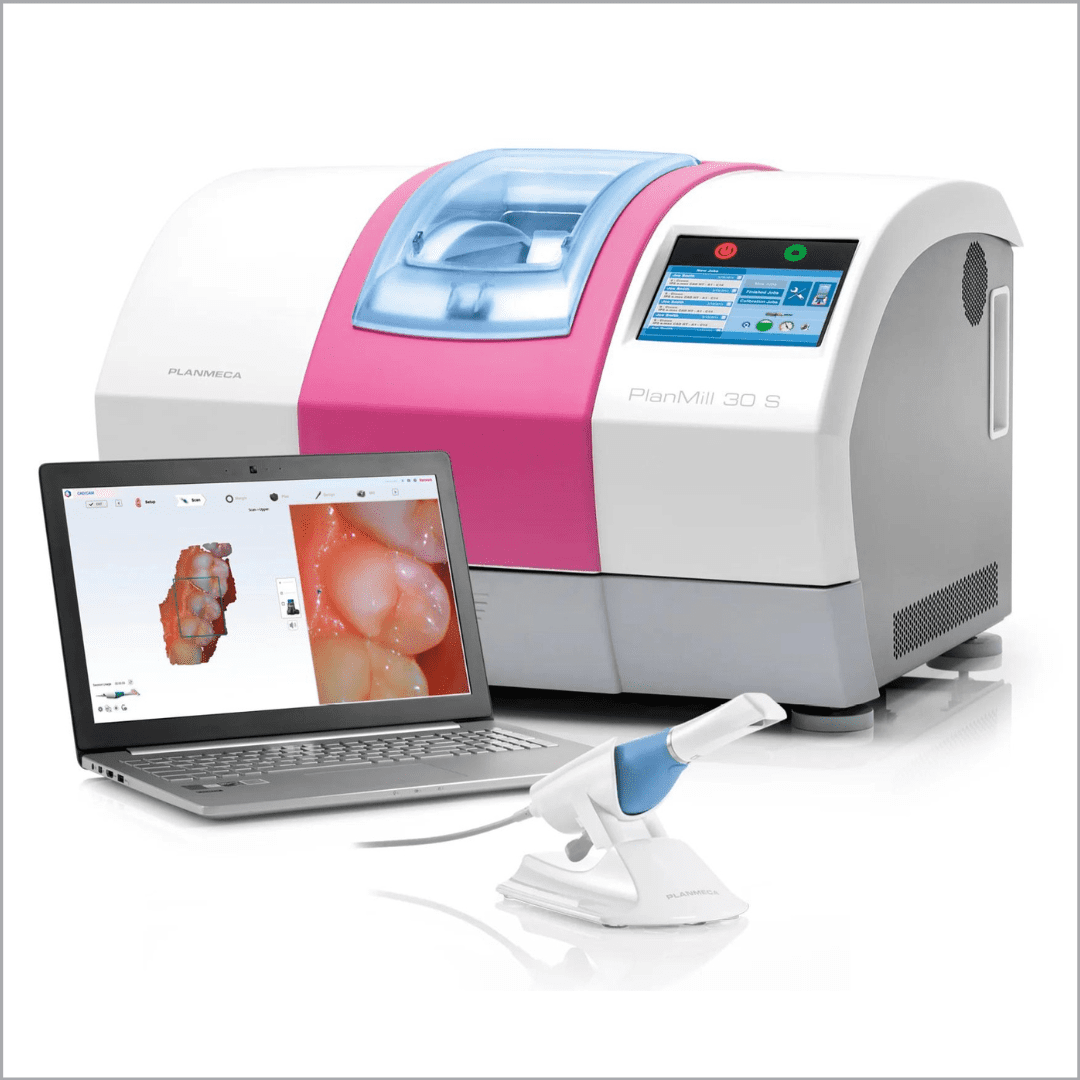Modern Technology has Transformed the Dentist’s Job with Innovative Digital Dental Solutions
Digital electronics have changed how we communicate, shop, bank, and enjoy our entertainment while also enabling the evolution of digital dental solutions. The term digital dentistry is a rather broad one, but, in simple terms, it might be best described as the use of computer-based hardware and software solutions to simplify and improve any aspect of the dentist’s job. In practice, a French dentist named Dr Francois Duret kickstarted this revolution when in 1984, he employed CAD/CAM to make dental impressions. Though initially surprisingly slow to gain traction, the application of digital technology in dentistry is now proving itself in a rapidly-growing number of practices, replacing many other time-consuming, previously manual tasks with faster and more efficient alternatives.
Some of the most significant advances have been in the nature and performance of dental diagnostic procedures. For example, the formerly bulky conventional X-ray equipment, relying on photographic film, has given way to compact, easier-to-use intra- and extraoral dental radiography units. These offer far greater flexibility and pose less of a hazard to dentists and patients due to their lower radiation levels. However, the most impressive development dentists owe to this technology could be the extensive range of new digital imaging devices. The game-changing range includes intraoral dental photography cameras, 3D scanners, computed tomography and digital X-ray imaging devices. In the following sections, we will take a more detailed look at two applications of this revolutionary new dental digital technology:
Digital Impressions
The conventional technique for making dental impressions using a zinc oxide-based paste is messy, and patients often find the procedure uncomfortable. Instead, one can achieve the same end using an intraoral scanner. The process takes no more than two to three minutes to produce a three-dimensional image the dentist and patient can view on a monitor screen.
In addition to saving time, the technique assists the dentist when explaining the proposed treatment plan to the patient. Furthermore, digital scans are more accurate than conventional impressions, resulting in better-fitting restorations and happy patients.
The ability to create an accurate 3D digital image of a patient’s dentition opens up further possibilities. Whether that image is obtained with a scanner or an intraoral camera, it is a digital information source that can be processed and utilised for other purposes. For example:
Chairside Restorations
It’s been 40 years since Dr Duret’s early effort, and the past decade has seen significant progress in CAD/CAM technology. One result has been the rapid growth of 3D printing or additive manufacturing. Today, dentists can employ three-dimensional dental images to create accurate restorations at the chairside. However, unlike 3D printing, the process is subtractive and requires a milling machine rather than a printer.
The CAD/CAM software processes data from the digital images to generate instructions for the automated milling equipment, which then carves the required restoration from a ceramic block. The process is more accurate than working from a conventional impression and saves time by enabling dentists to complete a treatment plan during a single visit.
Hague Dental Supplies is a Digital Dental Solutions Specialist
If you are eager to save time and become more productive, why not view our range of world-class digital dental cameras, scanners and X-ray equipment?
